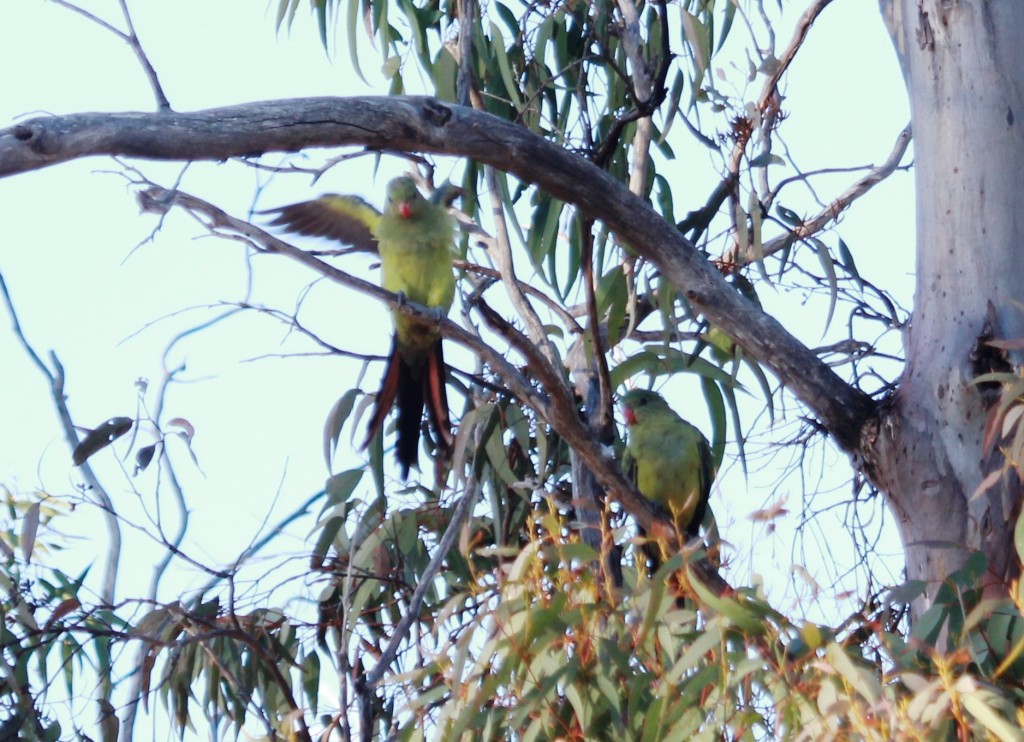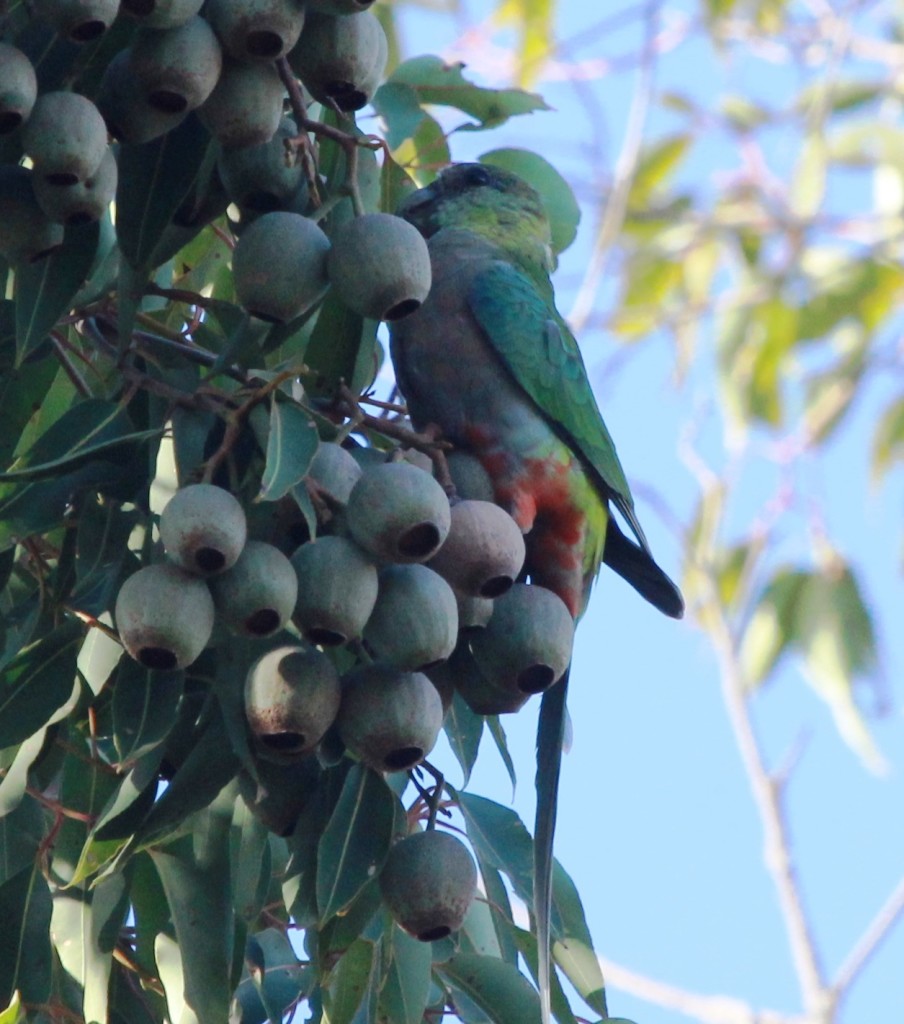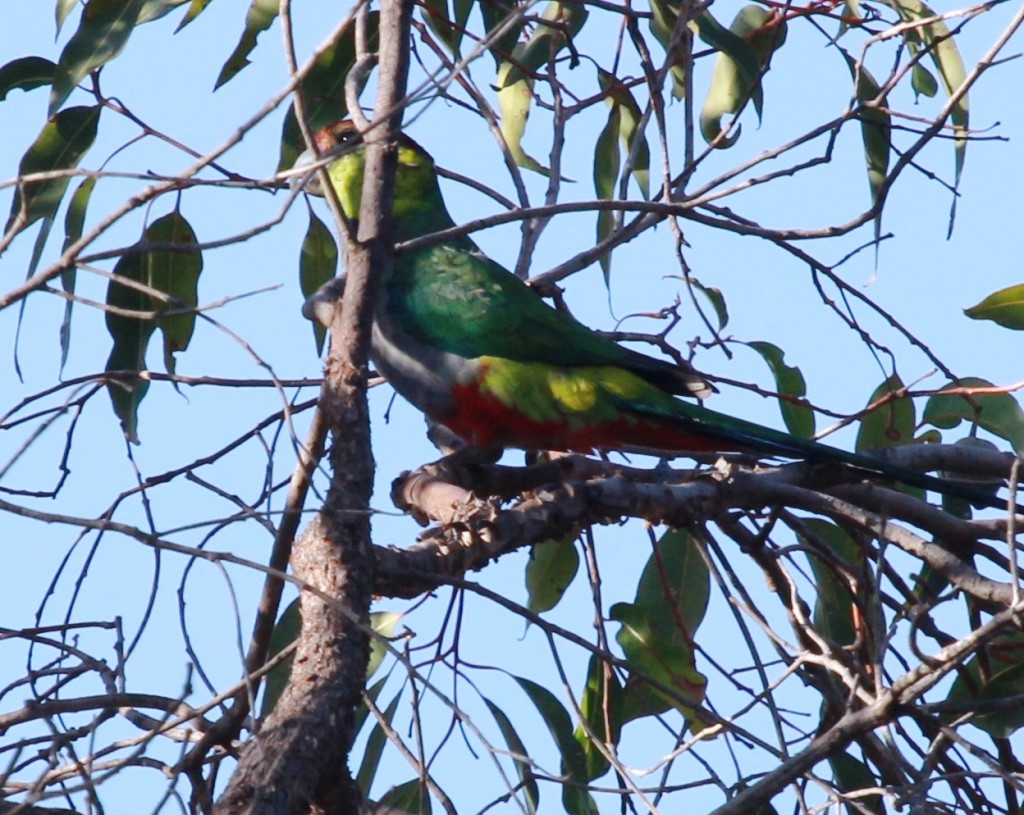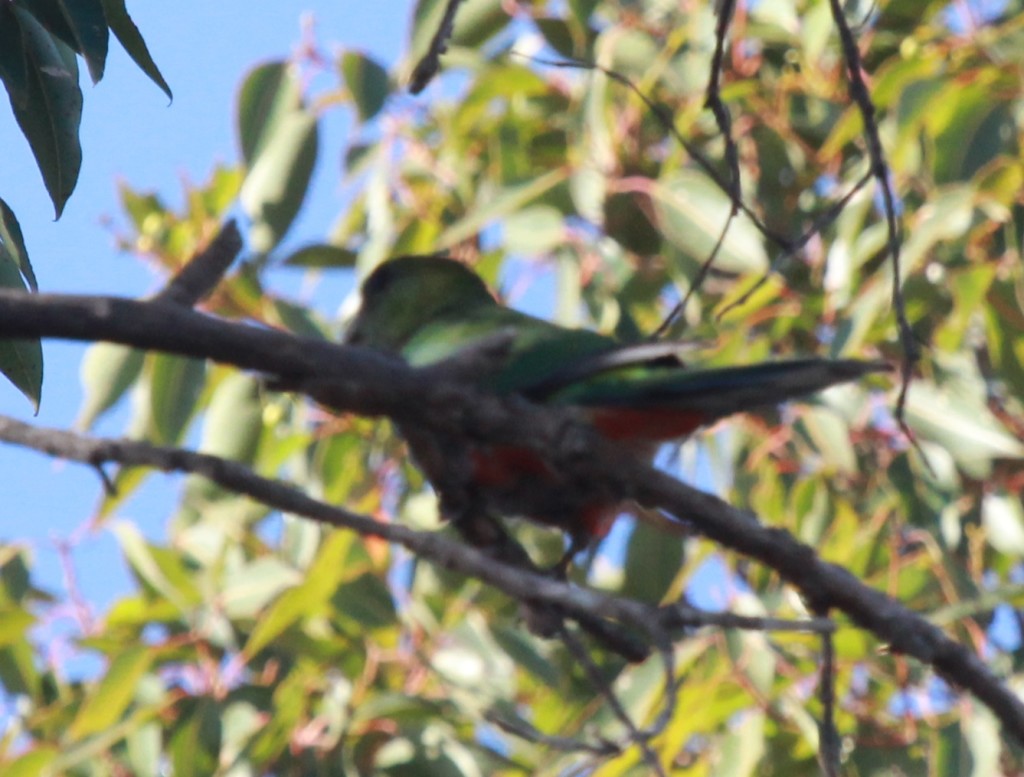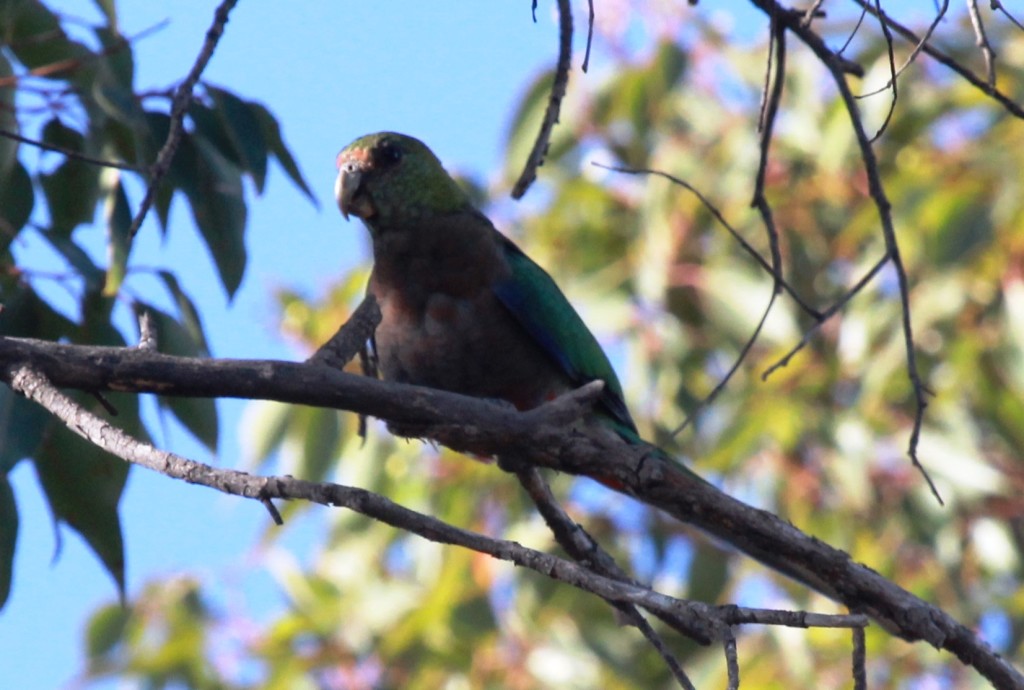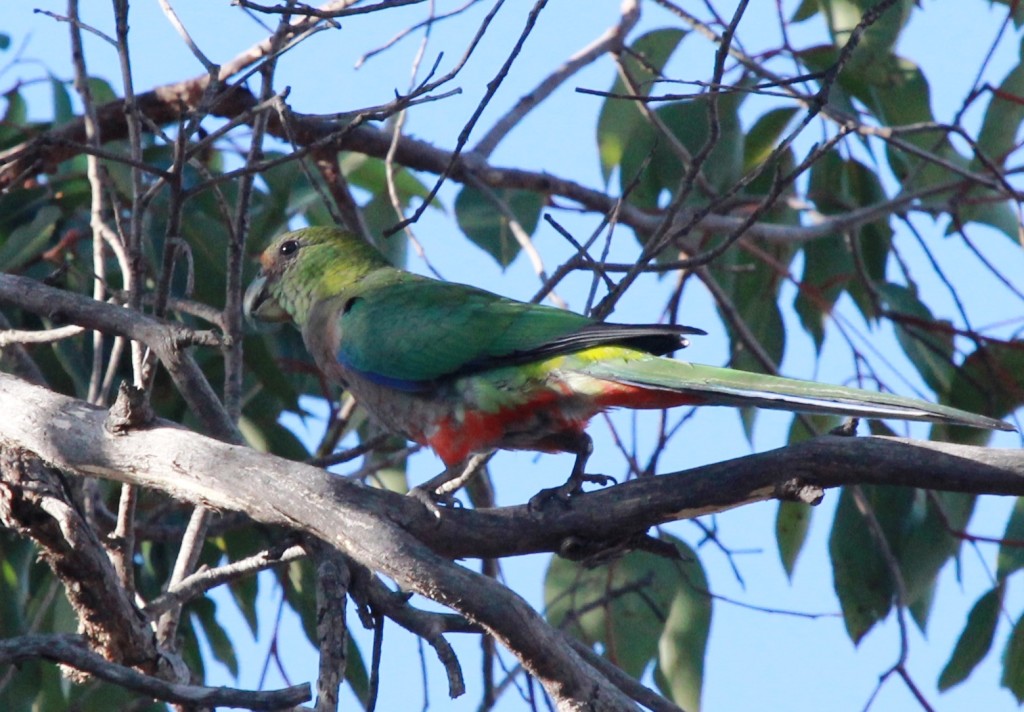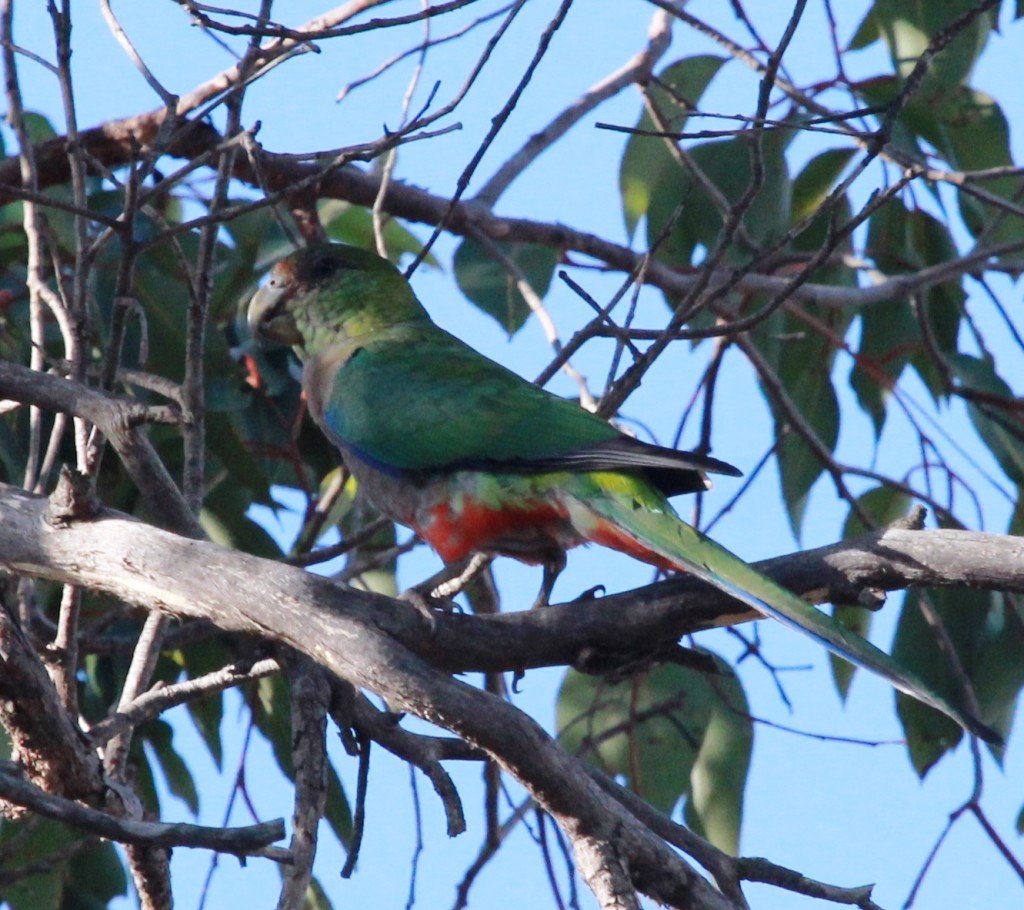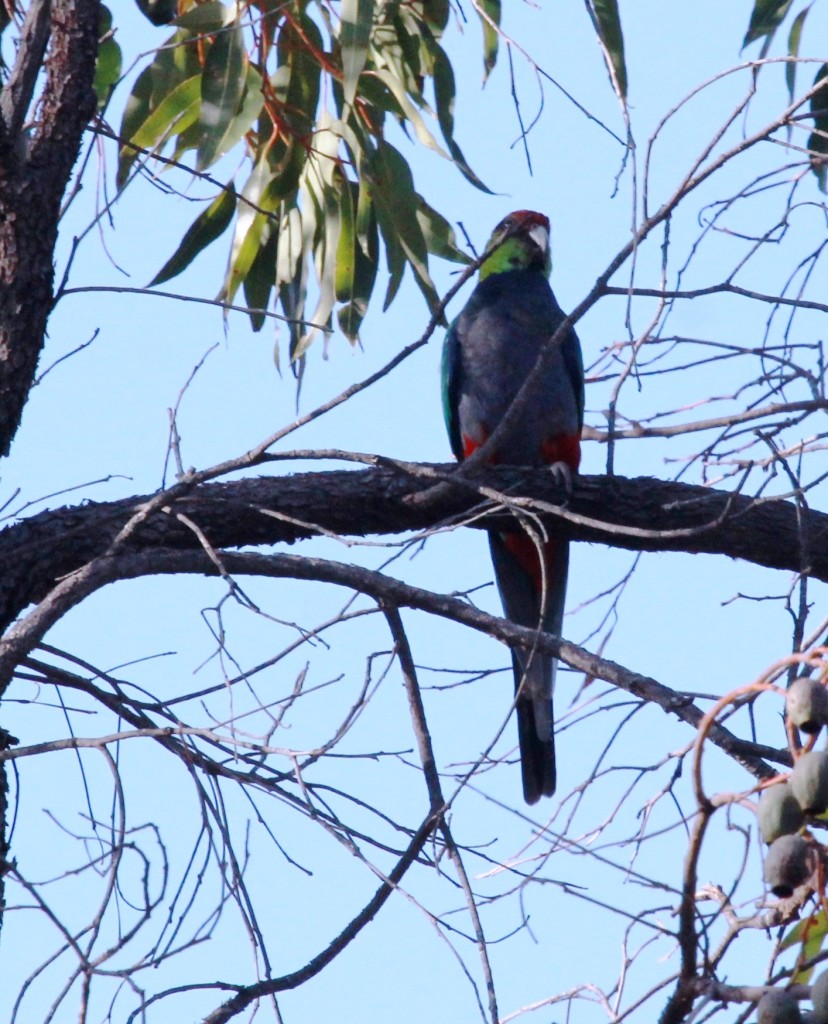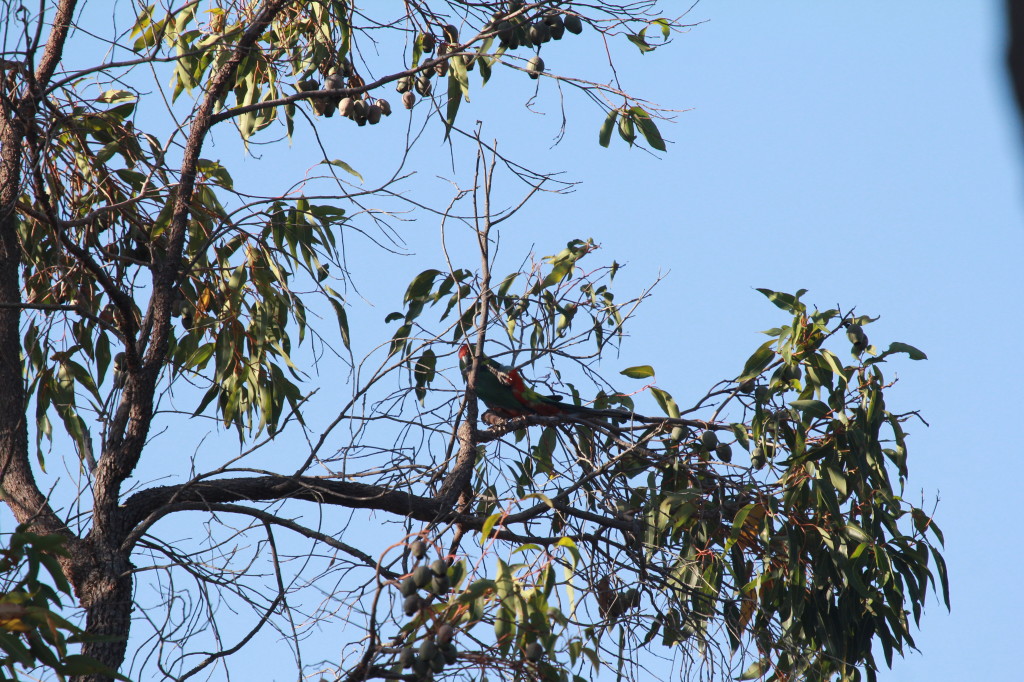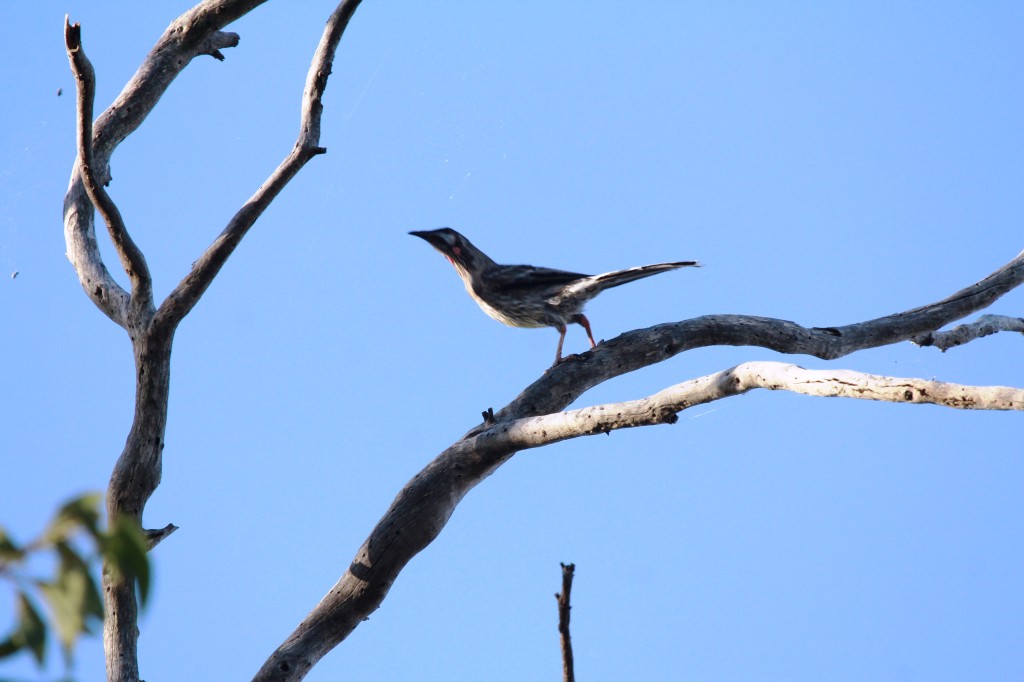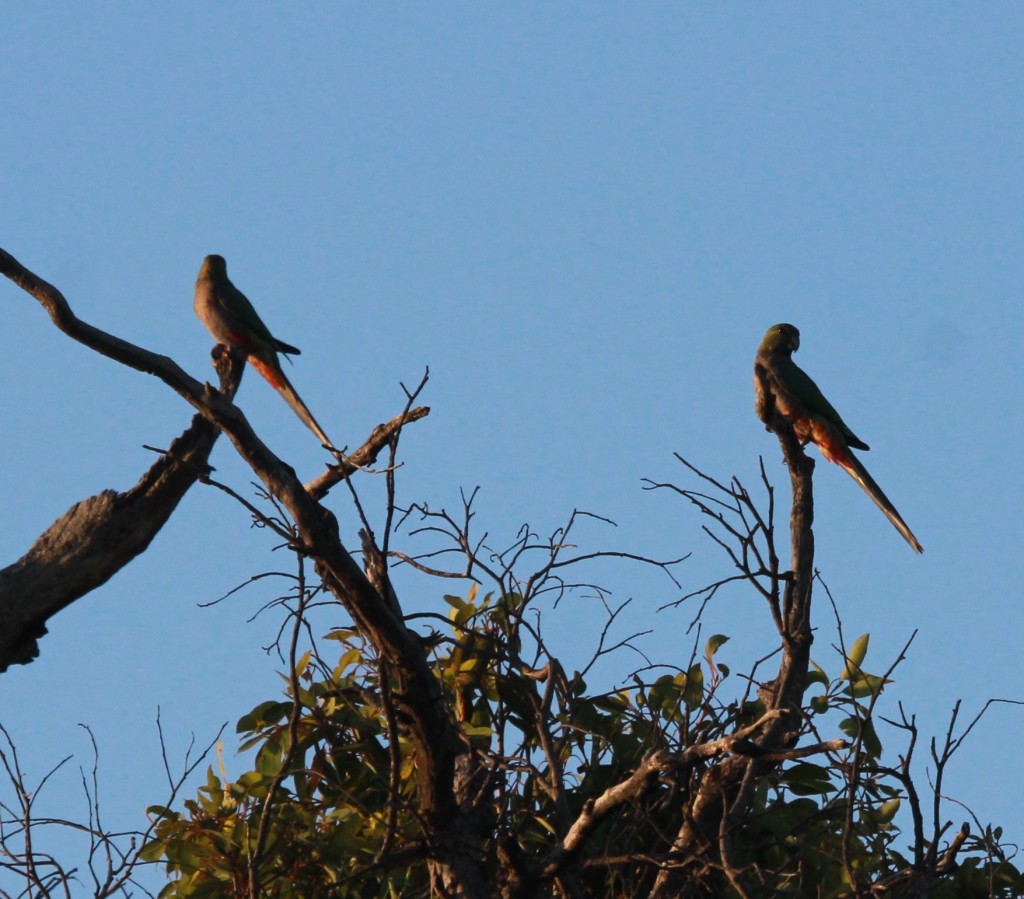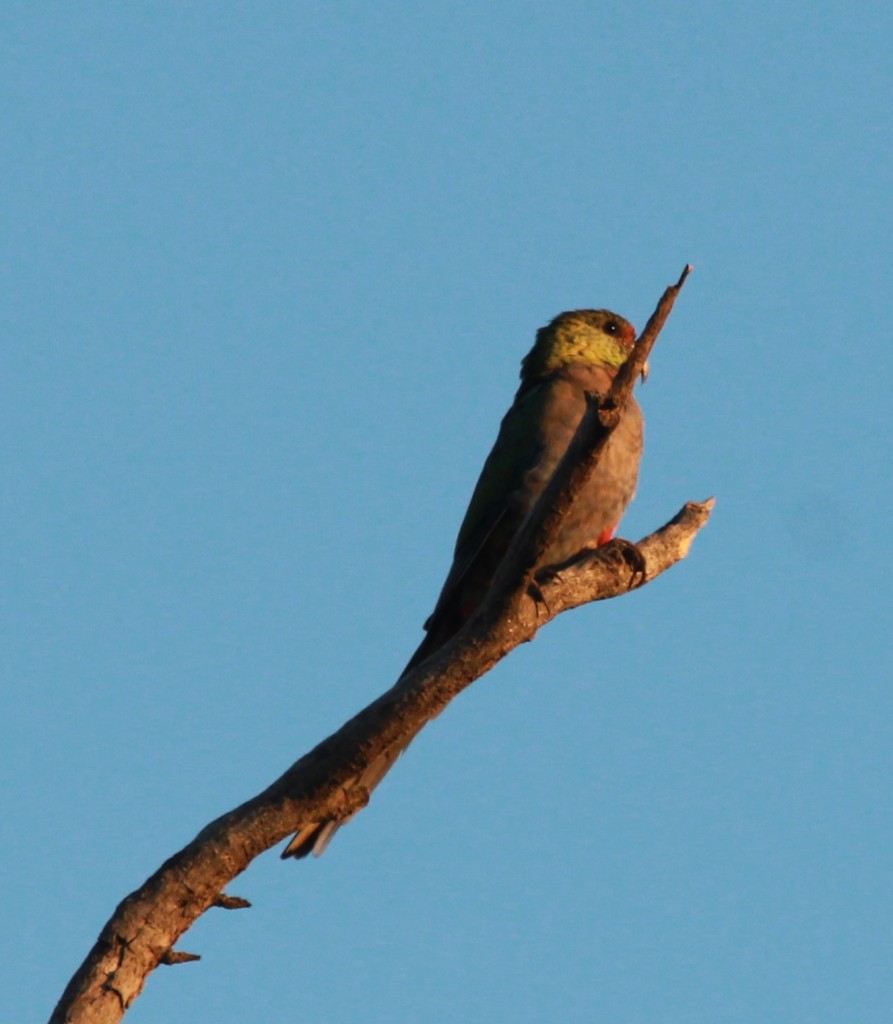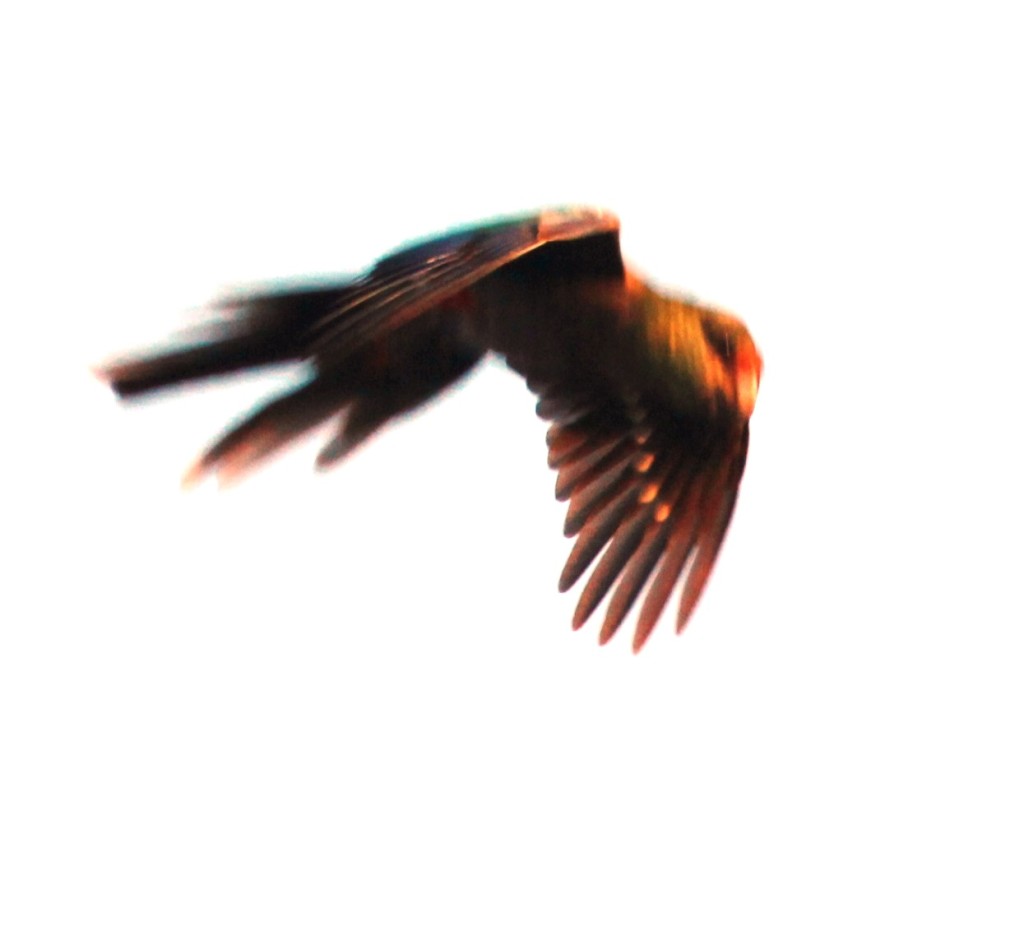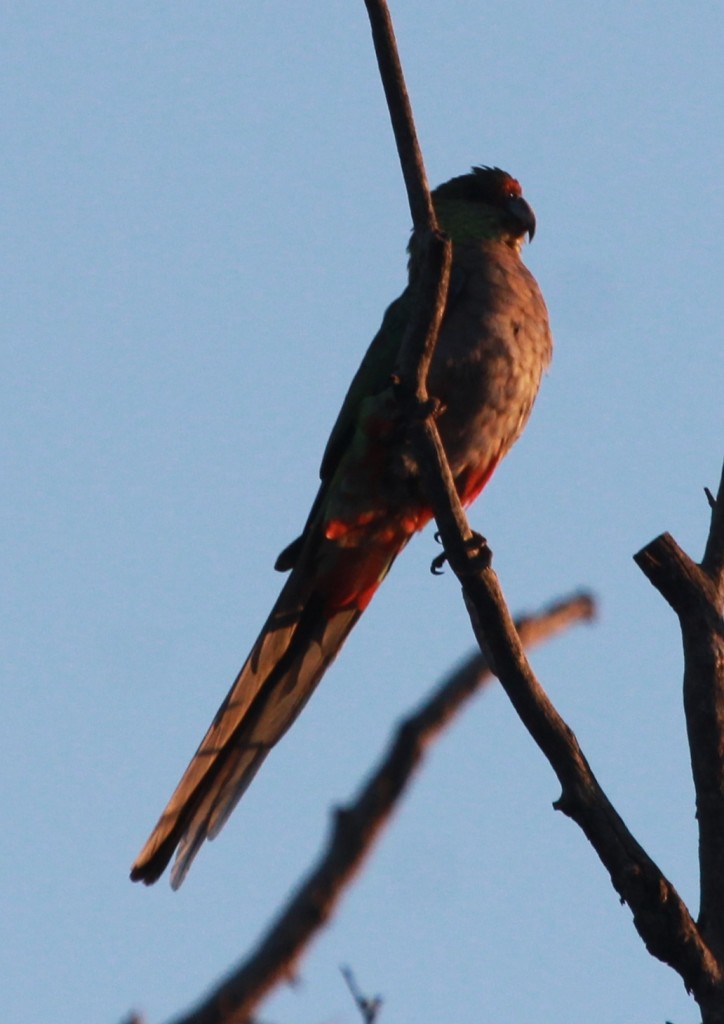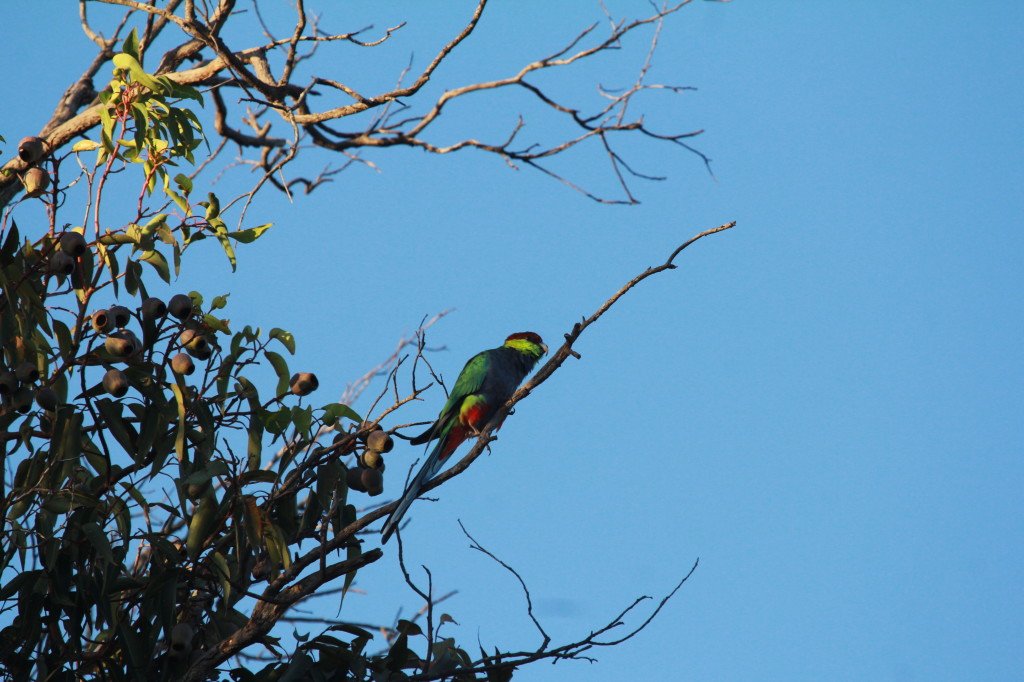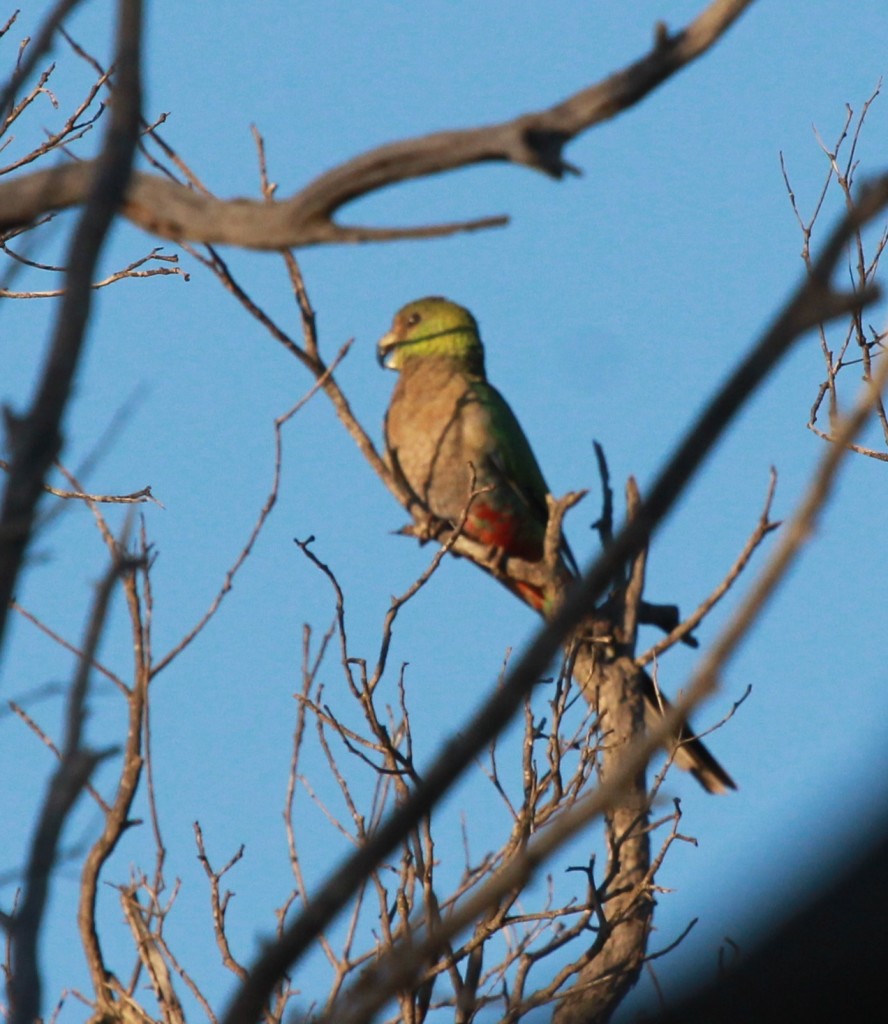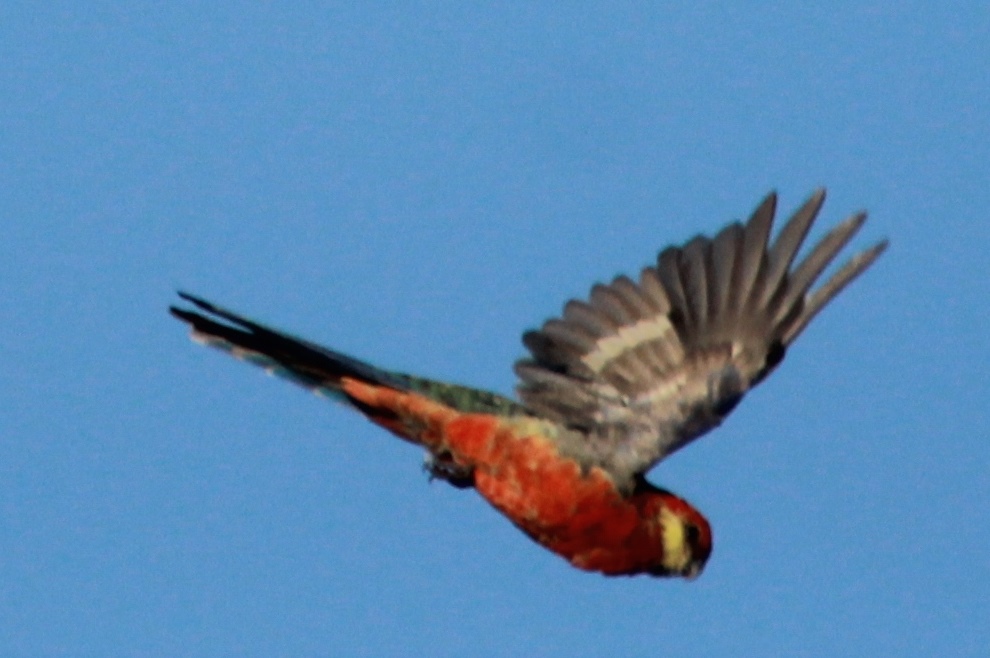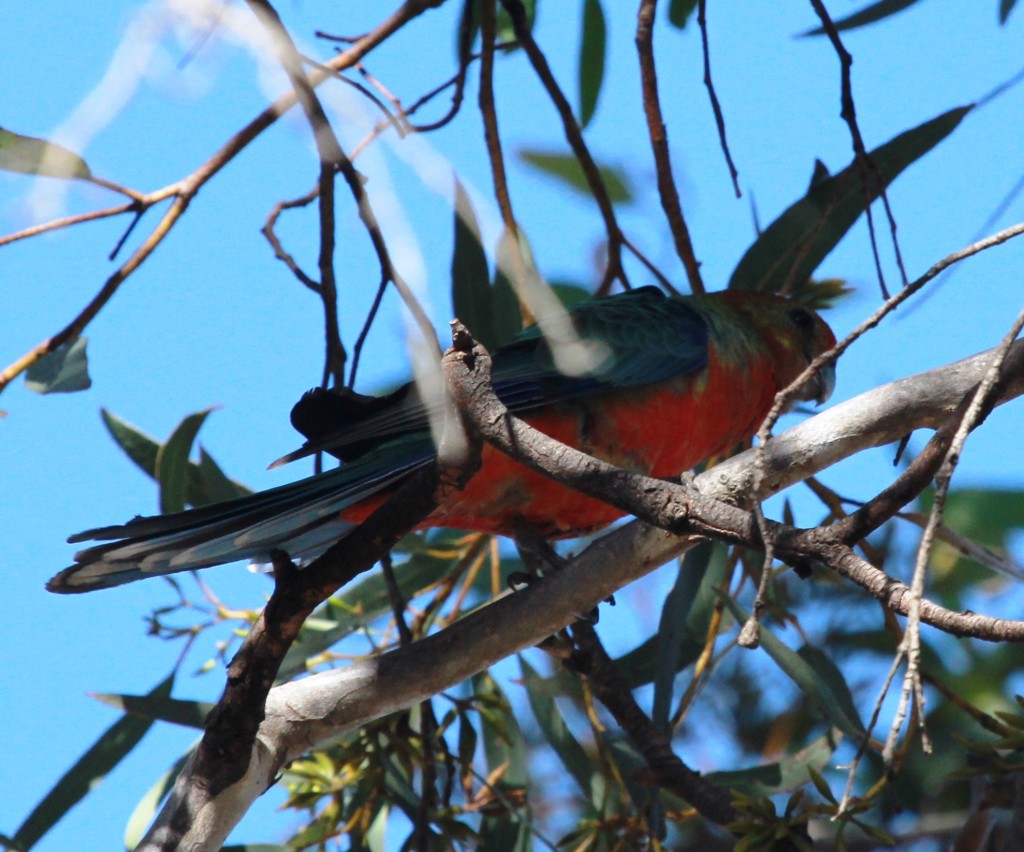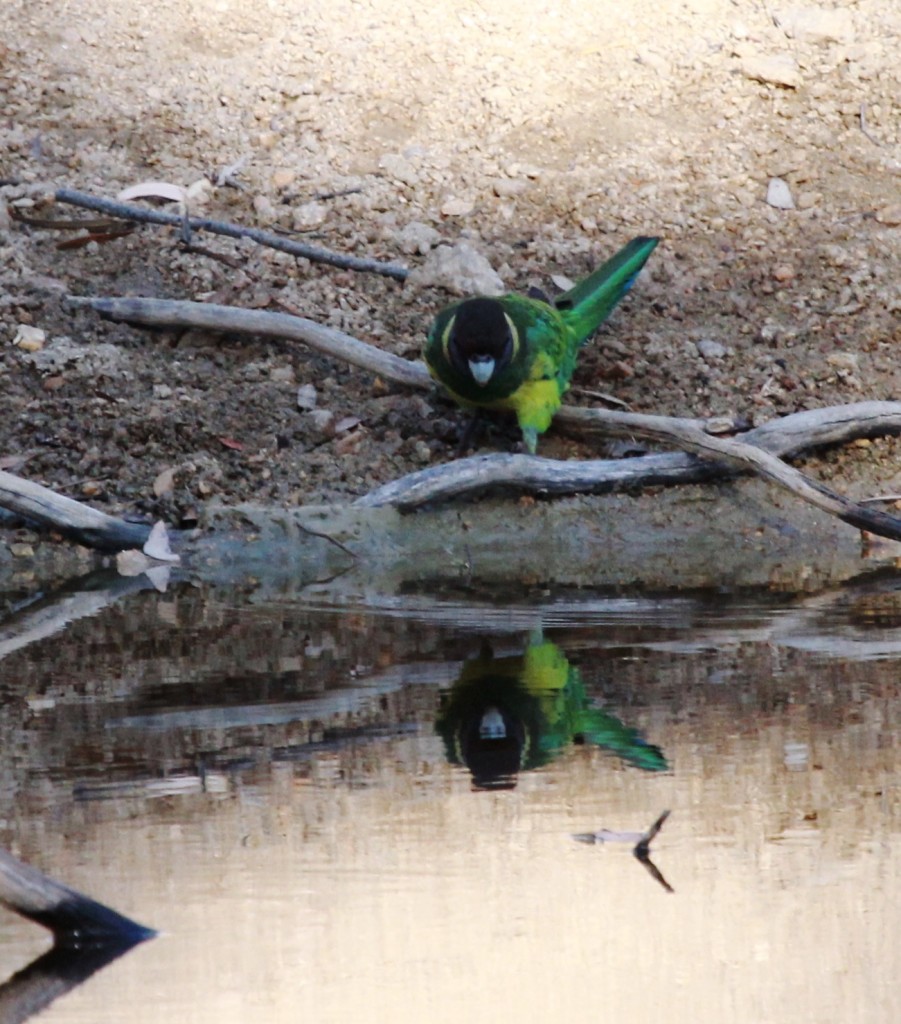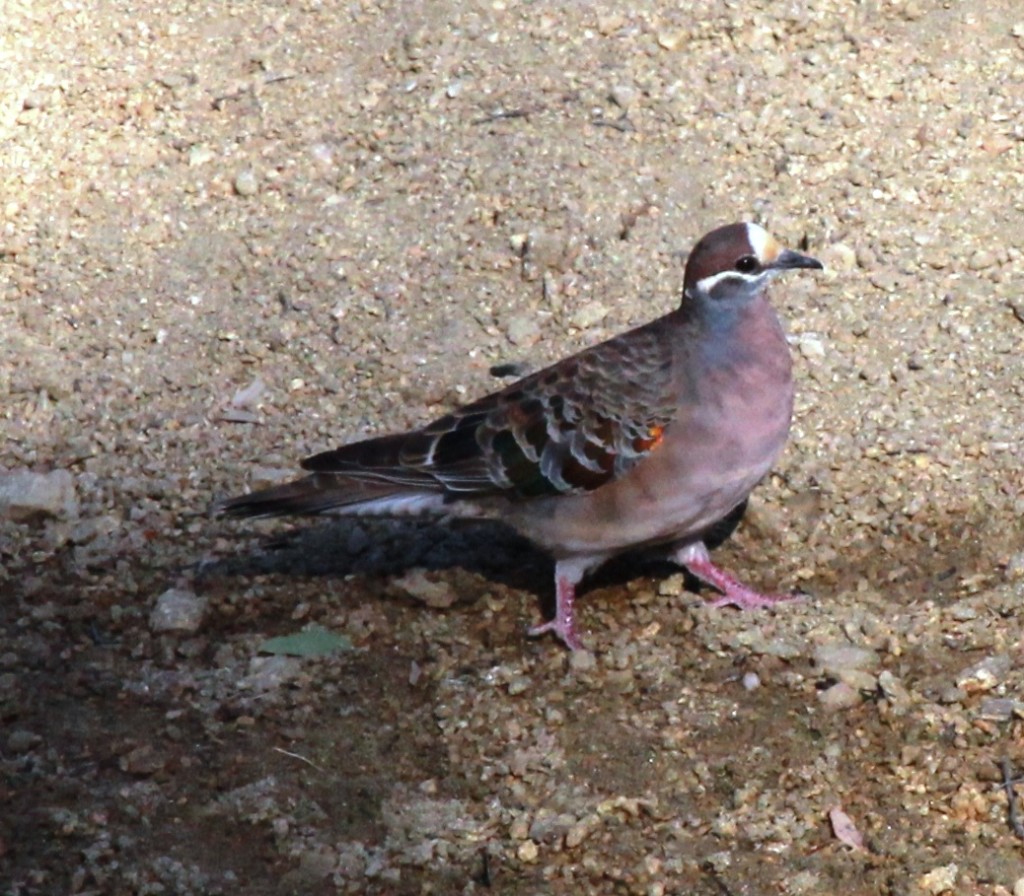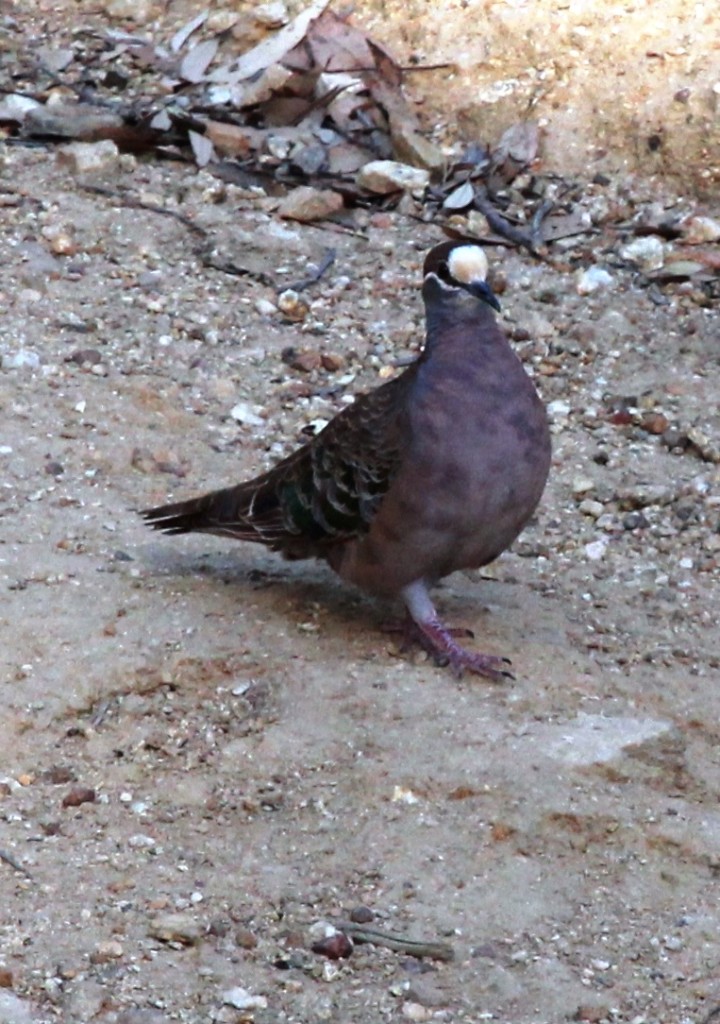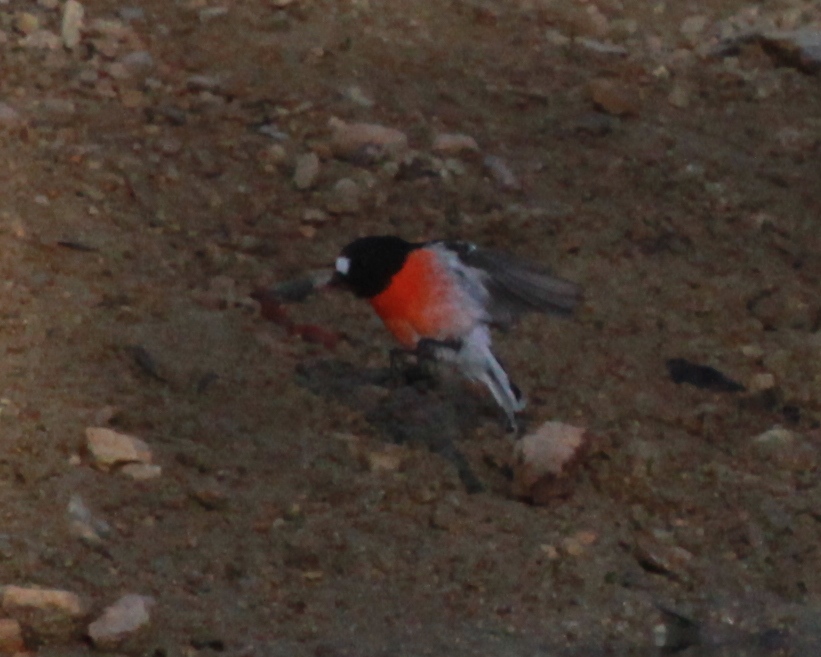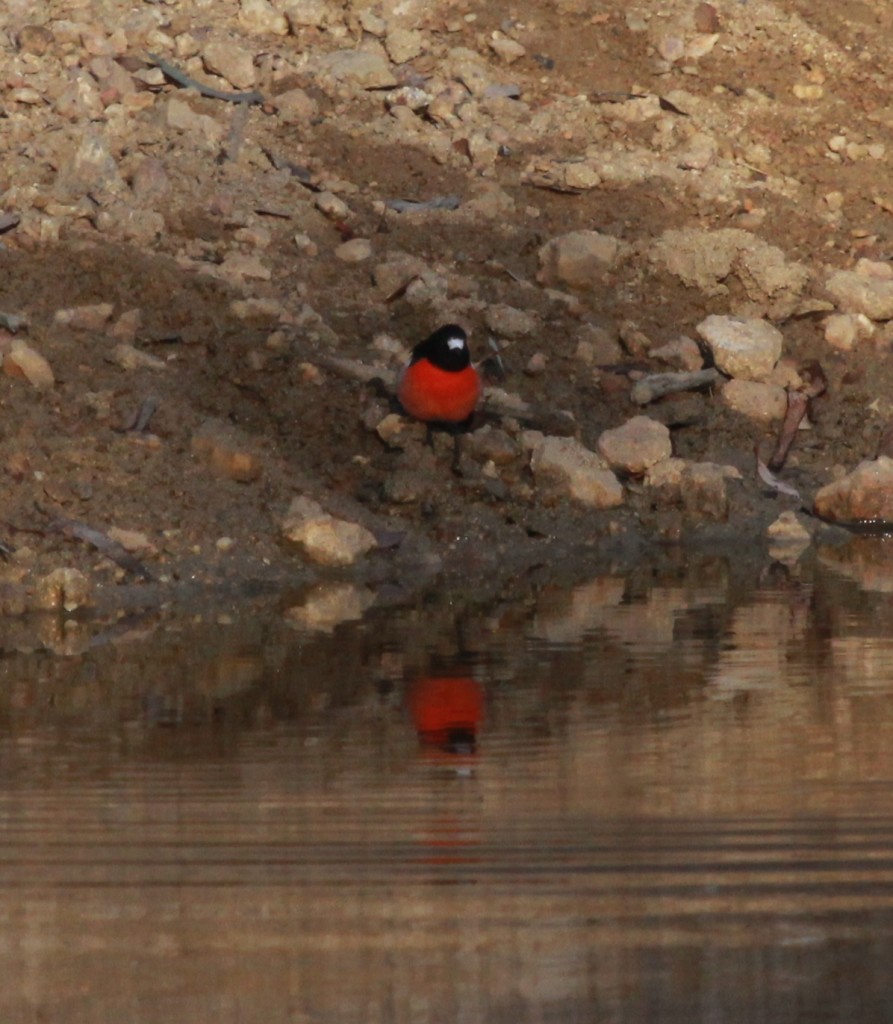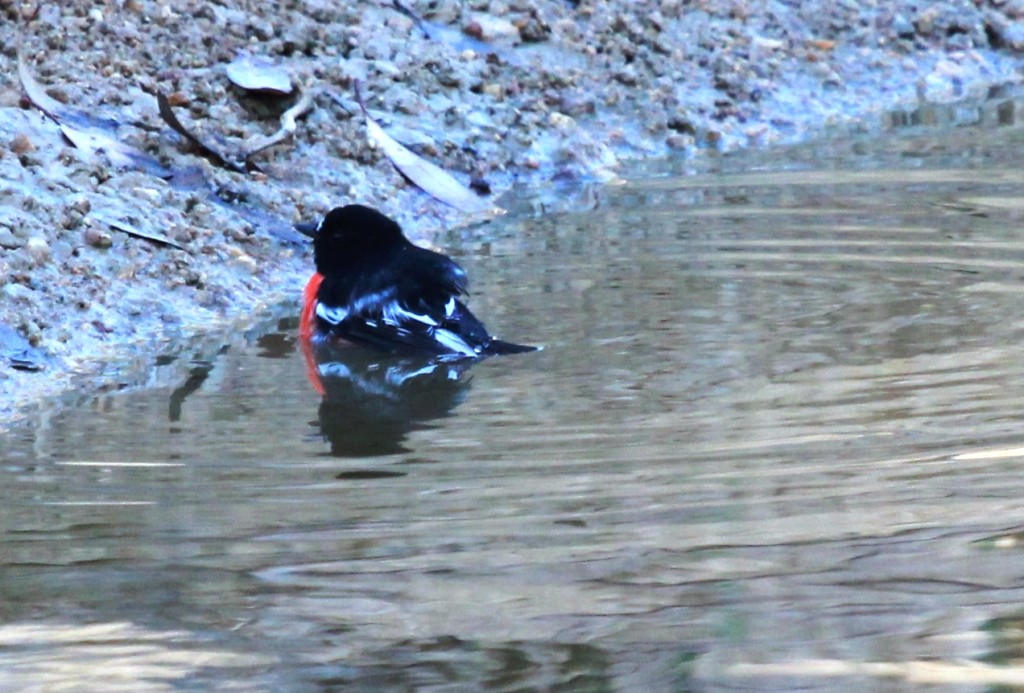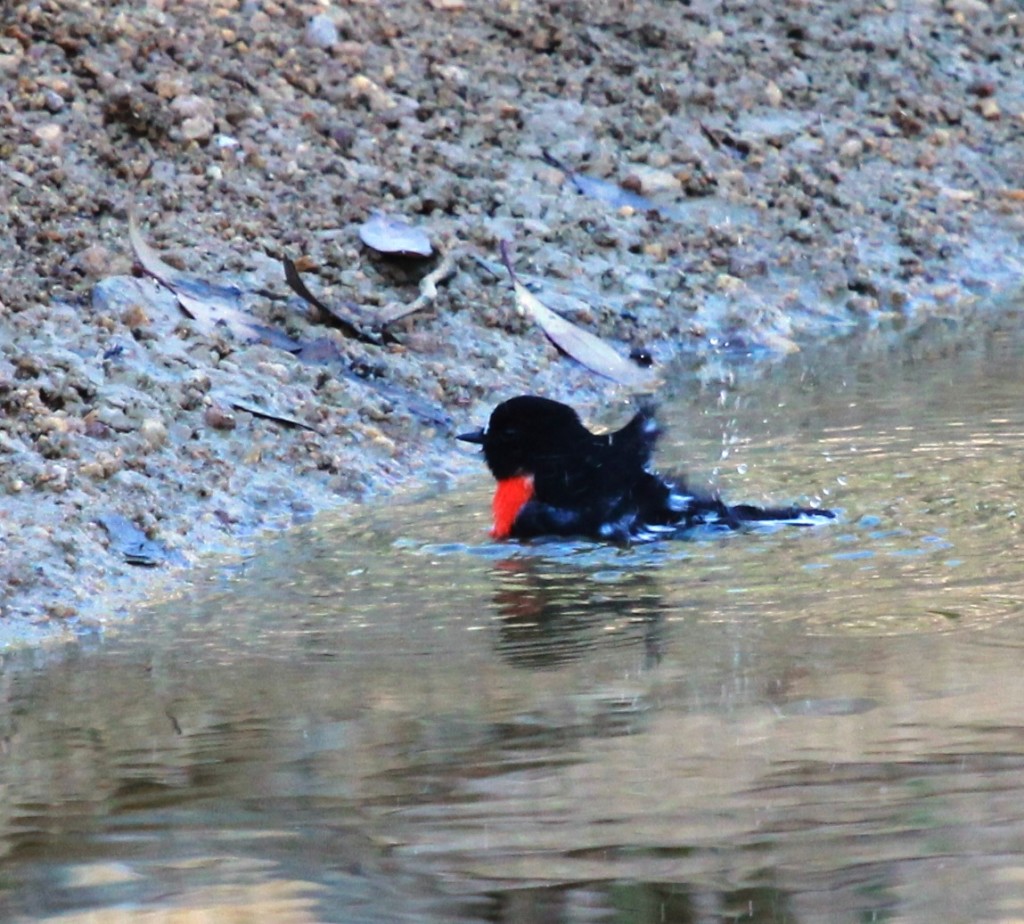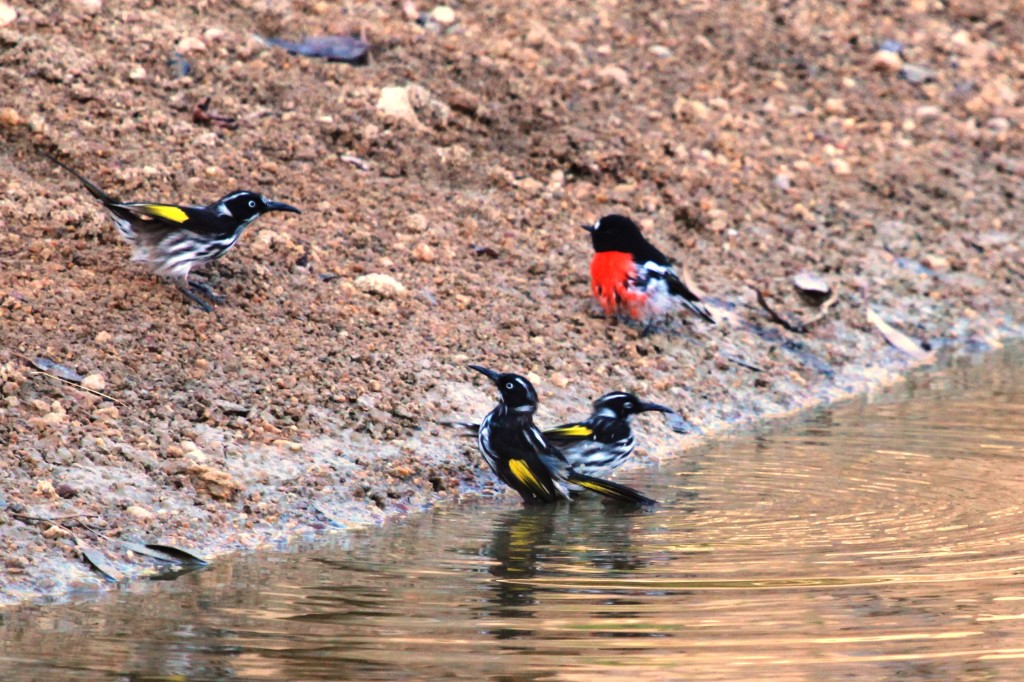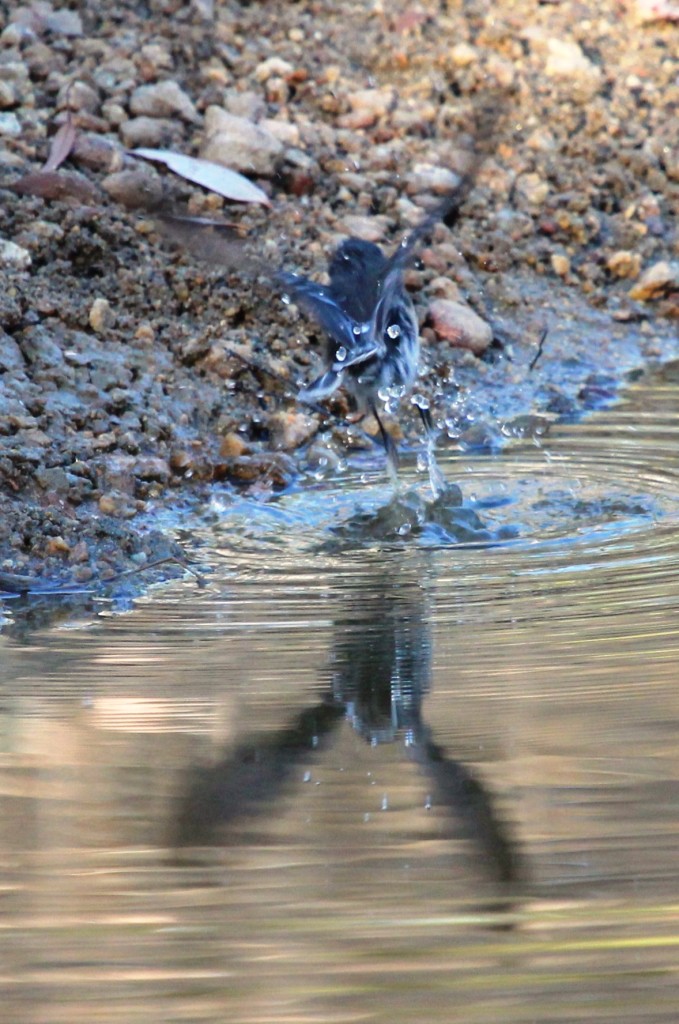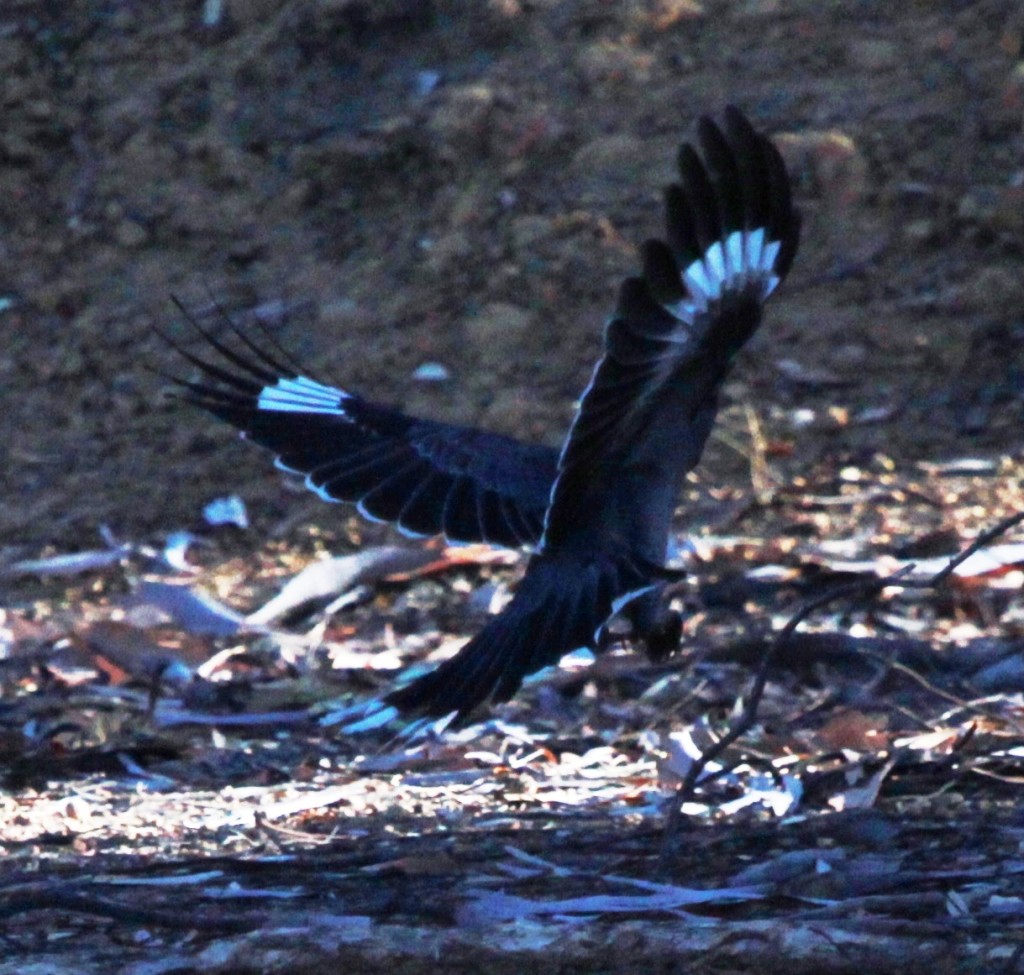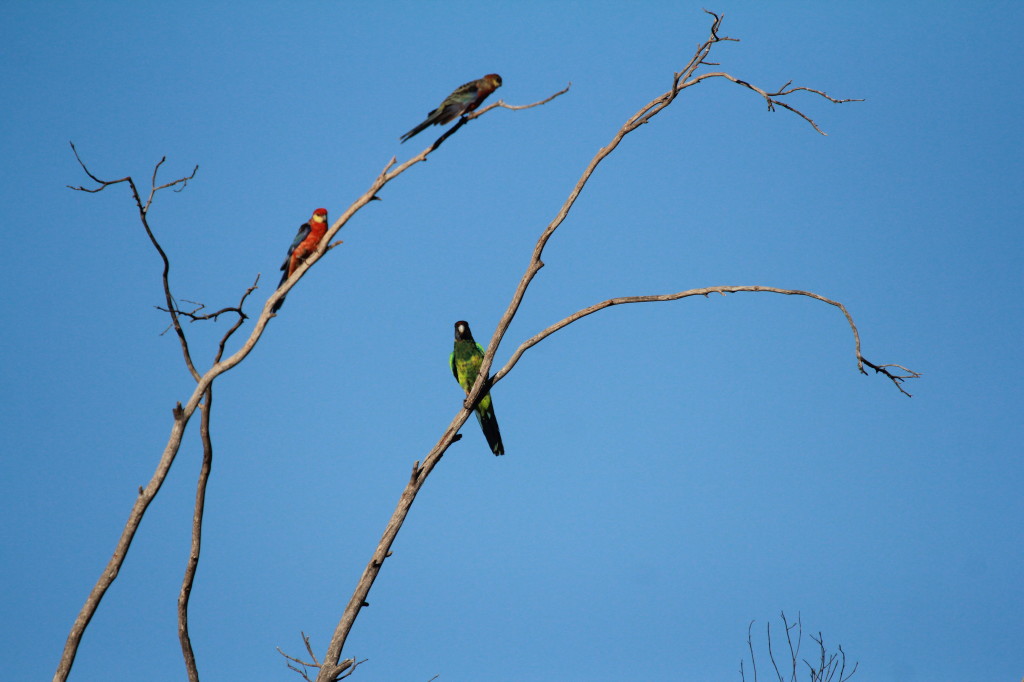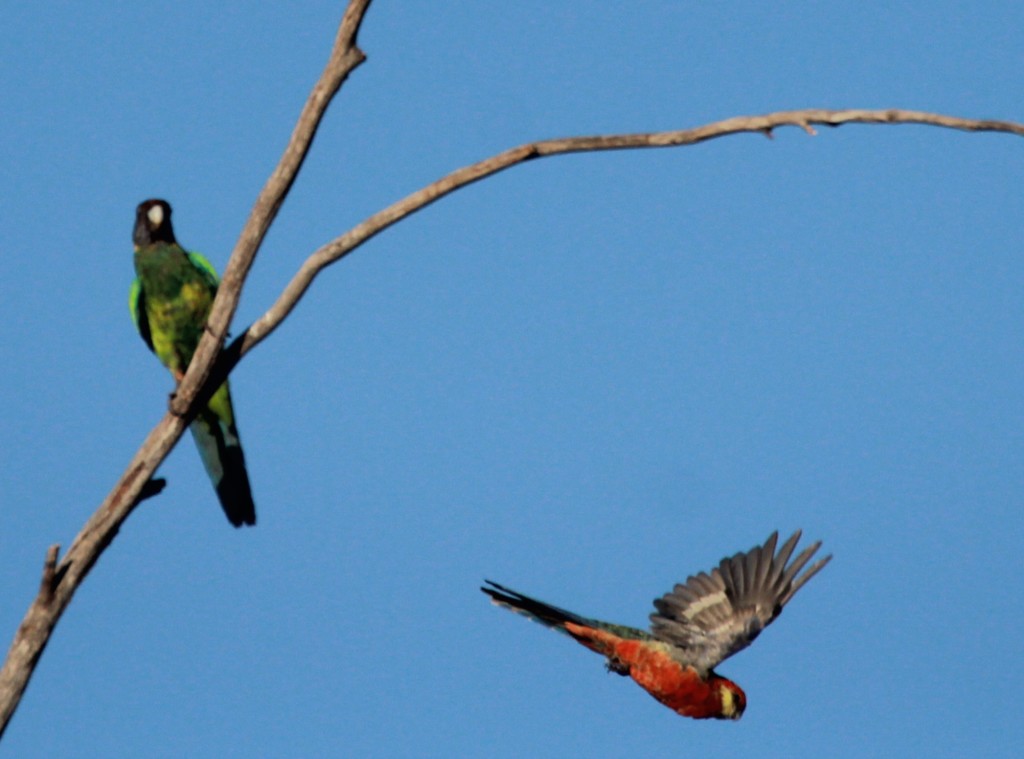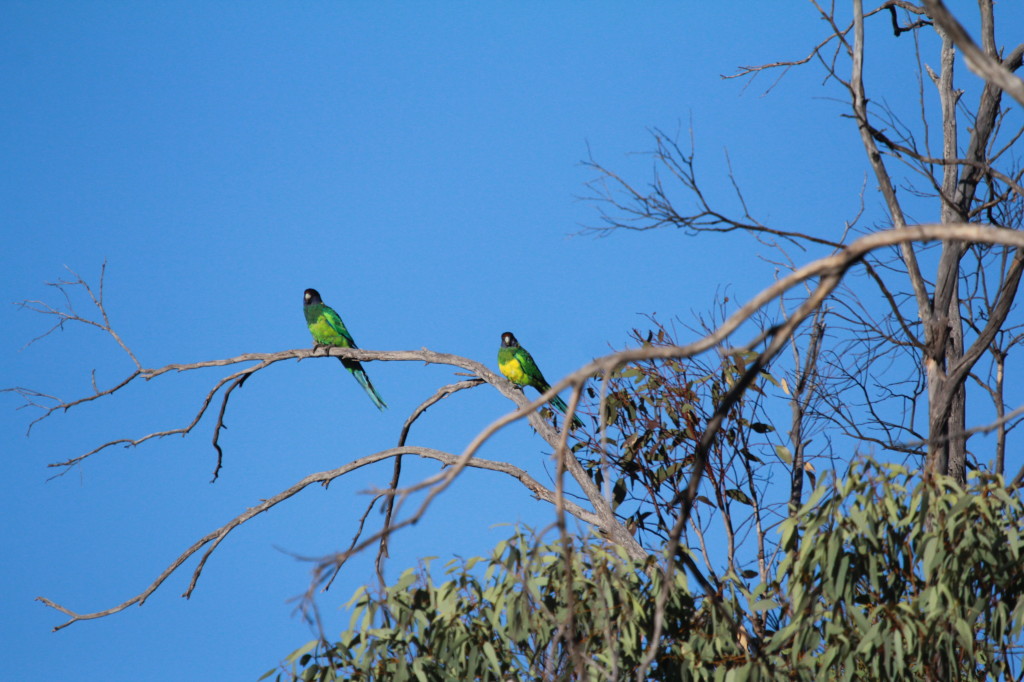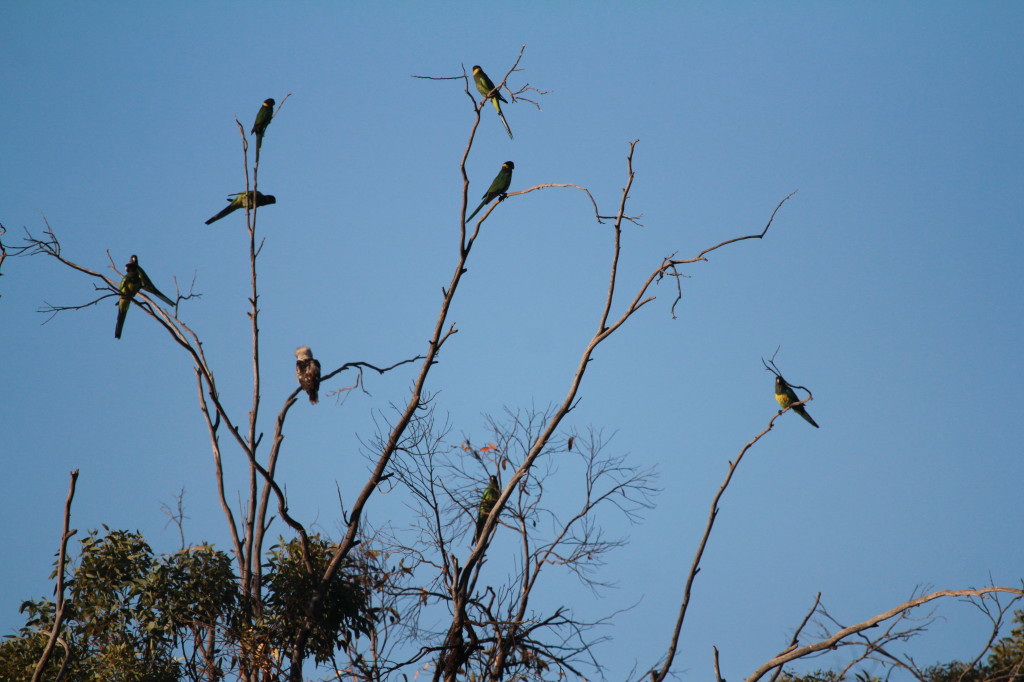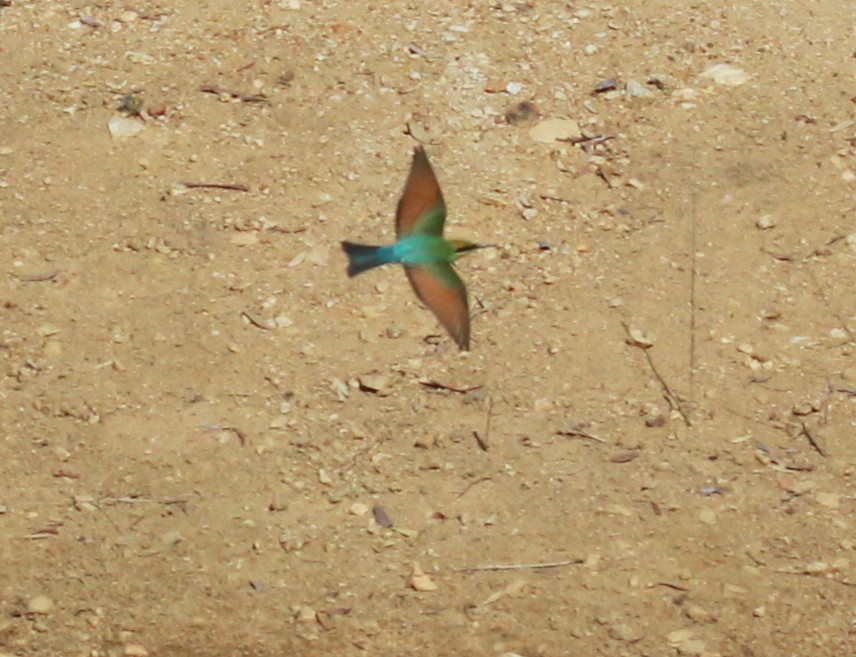The Regent Parrot is one of three species in the genus Polytelis. The parrot is also known variously as the Rock Pebbler, Rock Peplar, Black-tailed Parakeet, Murray Smoker’, Marlock Parakeet and sometimes Regent Parakeet.

 Two subspecies are recognised. While the western subspecies (Polytelis anthopeplus anthopeplus) is listed as “lower risk” or “least concern”, the eastern subspecies (Polytelis anthopeplus monarchoides) is listed as endangered.
Two subspecies are recognised. While the western subspecies (Polytelis anthopeplus anthopeplus) is listed as “lower risk” or “least concern”, the eastern subspecies (Polytelis anthopeplus monarchoides) is listed as endangered.
.
Regent Parrots are easily seen in Dryandra Woodland & Stirling Range National Park, both of which are an easy drive from Perth, Australia. It was pure magic to watch them bathing in the bird bath at Stirling Range Retreat!
Range:
P.a. anthopeplus: Inland SE Australia, near middle of Murray and lower Darling Rivers and corresponding tributaries in far SE New South Wales and NW Victoria to nearby E South Australia.
P.a. westralis: SW Australia, north to Lake Moore district and east to eastern Goldfields, Balladonia district, and Israelite Bay.
LEARN MORE ABOUT REGENT PARROTS
VIDEO
Beautiful close ups from YouTube!

